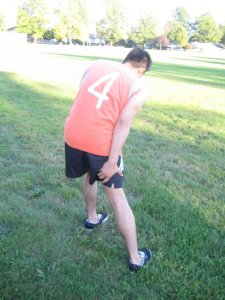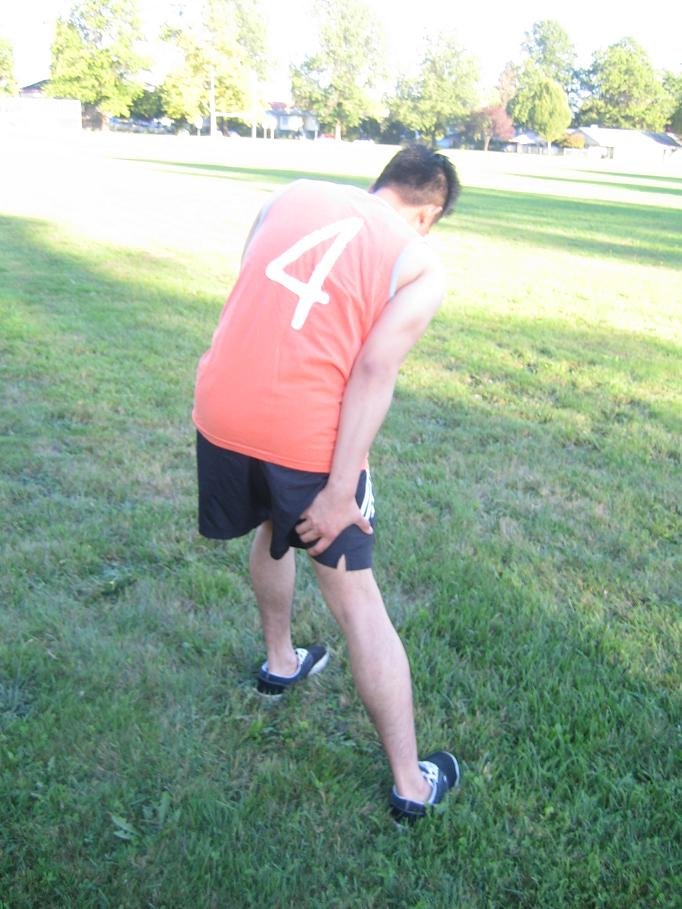Piriformis syndrome is a neuromuscular condition where the piriformis muscle crushes the sciatic nerve. The piriformis muscle is a described as a level and band-like muscle found in the buttocks at the top of the joint of the hip. it is important for the movement of the lower body and it stabilizes the joint of the hip, lifts and for the rotation of the thigh away from the body. it also for walking, shifting weights from one foot to another and maintenance of balance.
The sciatic nerve is a long and thick nerve found in the body. it passes along the piriformis muscle and along the back of the leg and eventually spread to smaller nerves down the feet. Compression of the nerve is due to spasms of the piriformis muscle.

Causes of piriformis syndrome
- Falling in the seated posture and result to secondary nerve compression due to swelling and contusion of the gluteal muscle
- Running downhill
- Carrying heavy objects on the stairs
- Sitting for long periods of time in crossed leg position or on a hard surface
- Misalignment of the bones in the lower extremities such as flatfeet and knocked knees due to excessive rotation of the hips, running and walking.
- Excessive exercise training
- Maternity, poor posture and tightness in the muscle
Symptoms
- Pain can be felt on the side of the back of calf, foot and thigh
- Tingling sensation in the buttocks
- Tenderness in the muscle area
- Pain in the buttocks
- Discomfort becomes severe when sitting for long periods of
- Pain when walking on inclines or going up the stairs
- Numbness in the buttocks
- Pain in the back of the leg, on the hamstrings and spreads to the calf muscles
- Decreased range of movement especially in the joint of the hip and in internal hip rotation.
Treatment
- Take plenty of rest especially the affected area.
- Apply ice pack on the affected area. Lie in a position on the stomach and place ice pack on the affected area for at least 20-30 minutes every 2-4 hours for the first 2-3 days or until pain totally disappears. Avoid ice pack directly on the skin, wrap it using a towel or a cloth before applying to the area to prevent further damage and worsen the condition. another alternative is massaging the stomach using ice for at least 8-10 minutes only to prevent ice burn and worsen the condition.
- Use heat therapy in the form of a heating pad. Lying on the stomach, place the heating pad on the affected area for at least 20 minutes to lessen the pain and the inflammation. Avoid sleeping with a heating pad on the area to prevent burning the skin.
- Maintain good posture when standing, sitting and driving. Avoid sitting or lying down for longer hours in a position that puts plenty of pressure on the buttocks.
- Take the prescribed anti-inflammatory medications such as ibuprofen to lessen the inflammation and the pain.
- Drink plenty of water at least 1.5-3 liters every day for the body to function properly.
FACT CHECK
https://physioworks.com.au/injuries-conditions-1/piriformis-syndrome
https://www.spine-health.com/conditions/sciatica/what-piriformis-syndrome
https://www.webmd.com/pain-management/guide/piriformis-syndrome-causes-symptoms-treatments#1
